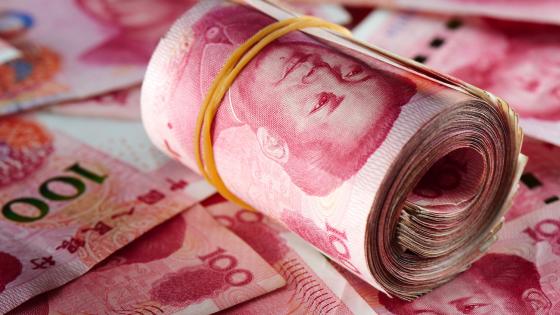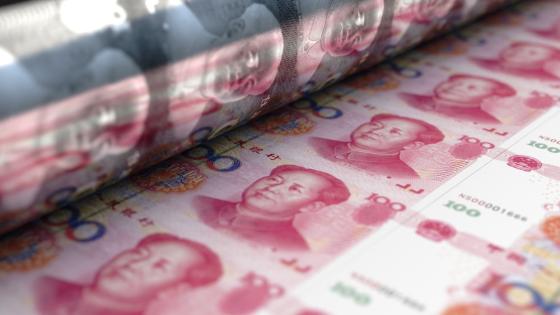DP6264 Assessing China?s Exchange Rate Regime
This paper examines two related issues: (a) the implicit methodology used by the U.S. Treasury in determining whether China and its other trading partners manipulate their exchange rates, and (b) the nature of the Chinese exchange rate regime since July 2005. On the first issue, we investigate the roles of both economic variables consistent with the IMF definition of manipulation - the partners' overall current account/GDP, its reserve changes, and the real overvaluation of its currency - and variables suggestive of American domestic political considerations -- the bilateral trade balance, US unemployment, and an election year dummy. The econometric results suggest that the Treasury verdicts are driven heavily by the US bilateral deficit, though other variables also turn out to be quite important. On the issue of China's de facto exchange rate regime, we apply the technique introduced by Frankel and Wei (1994) to estimate implicit basket weights and add several refinements. Within 2005, the de facto regime remained a peg to the dollar. However, there was a modest but steady increase in flexibility subsequently. We test whether US pressure has promoted RMB flexibility. We also test whether the recent appreciation against the dollar is due to a trend appreciation against the reference basket or a declining weight on the dollar in the reference basket, and argue that they have different policy implications.


